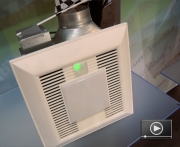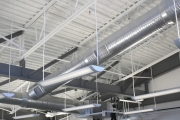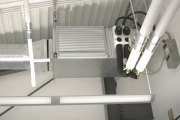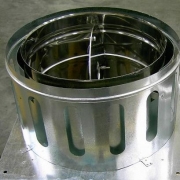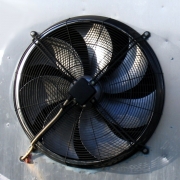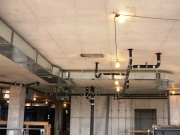Product Spotlight: Panasonic WhisperGreen Ventilation Fans
With today’s tighter building envelopes, it is imperative that builders and contractors stay up to date on industry standards for ventilation systems in order to ensure good air quality inside the home. Longer duct runs and multiple elbows increase static pressure, which can reduce airflow. ASHRAE (American Society of Heating, Refrigerating, and Air-Conditioning Engineers) has set the industry standard for ventilation performance measurement at 0.25" water gauge for airflow. To meet this standard, Panasonic Home & Environment Company has introduced its third-generation WhisperGreen® line of premium ventilation fans.

